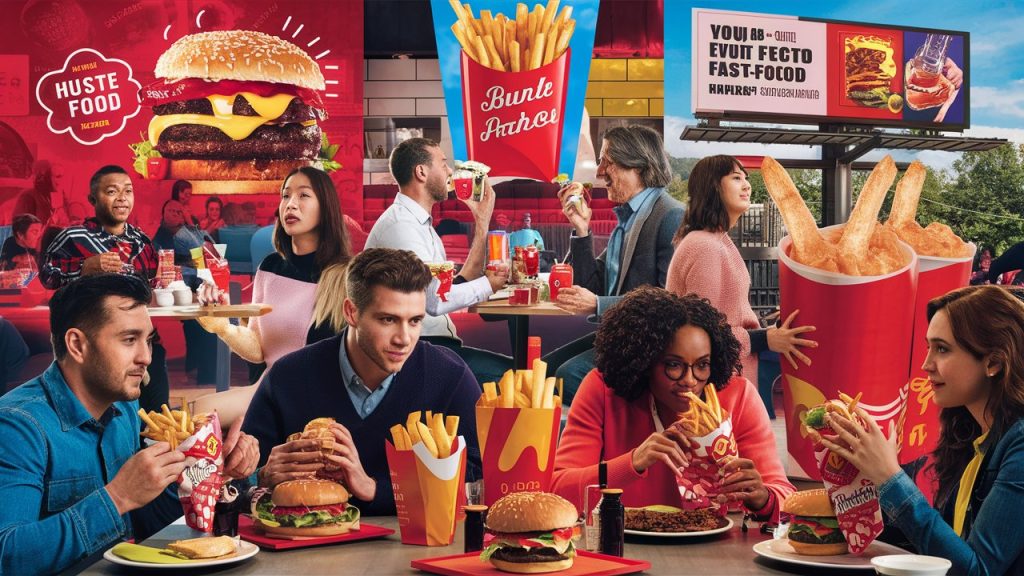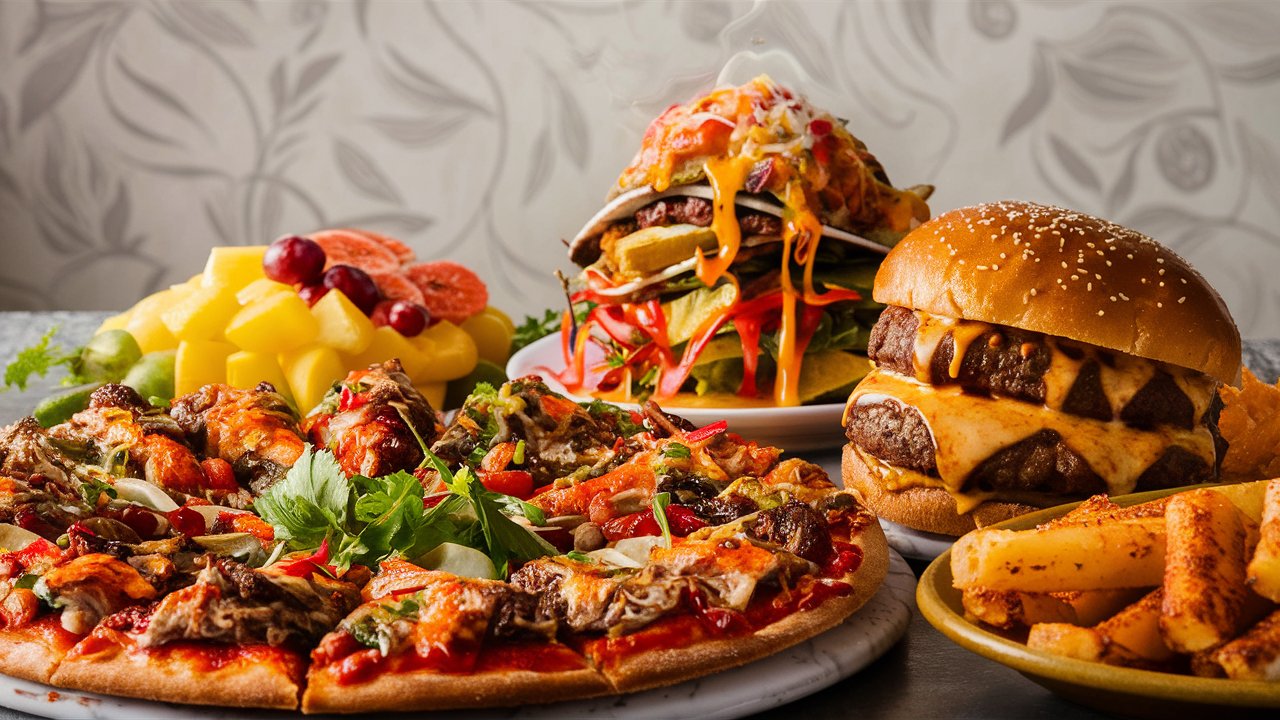Table of Contents
In an exciting twist, a fast food icon heads a brigade and leads a bold new revolution in the industry. This shift is not just a change in leadership but a complete overhaul of how we think about fast food. From innovative menus to new business models, this fast food icon drives changes that are reshaping the landscape. In this article, we’ll explore how this transformation is taking shape and what it means for the future of fast food.
The Rise of the Fast Food Icon

The Leader’s Background
The fast food icon who heads a brigade is no stranger to success. Known for revolutionizing the industry with classic menu items and a strong brand presence, they now bring their expertise to a new role. This leader has a track record of innovation and a deep understanding of consumer preferences. Their new role signals a commitment to pushing the boundaries of what fast food can be.
Why the Change?
The fast food industry is evolving, and traditional approaches are being challenged. This shift is motivated by multiple factors:
- Consumer Preferences: Modern consumers are looking for healthier, more sustainable options.
- Technology: Advancements in technology are changing how food is prepared and delivered.
- Competition: Increased competition is pushing brands to innovate to stay relevant.
What the Brigade is Doing Differently
Innovative Menus
The brigade led by this fast food icon heads a brigade is introducing exciting new menu items. These include:
- Healthier Choices: There is a focus on including more nutritious options, such as salads and plant-based items.
- Unique Flavors: Expect to see bold flavors and unique combinations that go beyond traditional fast food offerings.
- Customizable Options: Customers can now personalize their meals to fit their tastes and dietary needs.
Sustainable Practices
Sustainability is a crucial focus of this new revolution. The fast food icon heads a brigade that is implementing several eco-friendly practices:
- Sourcing Ingredients: They are committed to using locally sourced and sustainable ingredients.
- Reducing Waste: Efforts are being made to minimize food waste through better inventory management and recycling programs.
- Eco-Friendly Packaging: New packaging materials are designed to be recyclable or biodegradable.
The Impact on the Fast Food Industry
Consumer Reactions
The bold moves by the fast food icon and their brigade are receiving mixed reactions from consumers. Some are excited about the new, healthier options and sustainable practices, while others are skeptical about how these changes will affect the classic fast food experience. Overall, the trend toward innovation is seen as a positive shift for the industry. Click here to read more about Food.
Industry Trends
This revolution is influencing broader industry trends:
- Health and Wellness: More fast food chains are following suit, introducing healthier menu items.
- Technology Integration: Technology plays a more significant role in food preparation and customer interactions.
- Sustainability Focus: There is a growing emphasis on sustainability across the industry.
Challenges and Opportunities

Overcoming Challenges
Implementing these changes is not without its challenges:
- Cost: Introducing new ingredients and practices can be expensive.
- Consumer Acceptance: Adapting to new menu items and practices takes time and may face resistance.
- Supply Chain Adjustments: Shifting to sustainable ingredients and practices requires adjustments in the supply chain.
Seizing Opportunities
Despite the challenges, there are significant opportunities:
- Brand Loyalty: Offering innovative and sustainable options can enhance brand loyalty among health-conscious consumers.
- Market Leadership: Leading the way in these changes can position the fast food icon as a market leader.
- Positive Impact: Making a positive environmental impact can improve the brand’s reputation.
Also Read: What Food Is Natamycin In? Discover Surprising Healthy Options
Final Thoughts
The fast food icon heading a brigade and leading a bold new revolution is excitingly changing the industry. By introducing innovative menus and sustainable practices, they are reshaping how we view fast food. This transformation offers challenges and opportunities but represents a significant step forward for the industry. As this revolution continues to unfold, it will be interesting to see how it influences the future of fast food.

